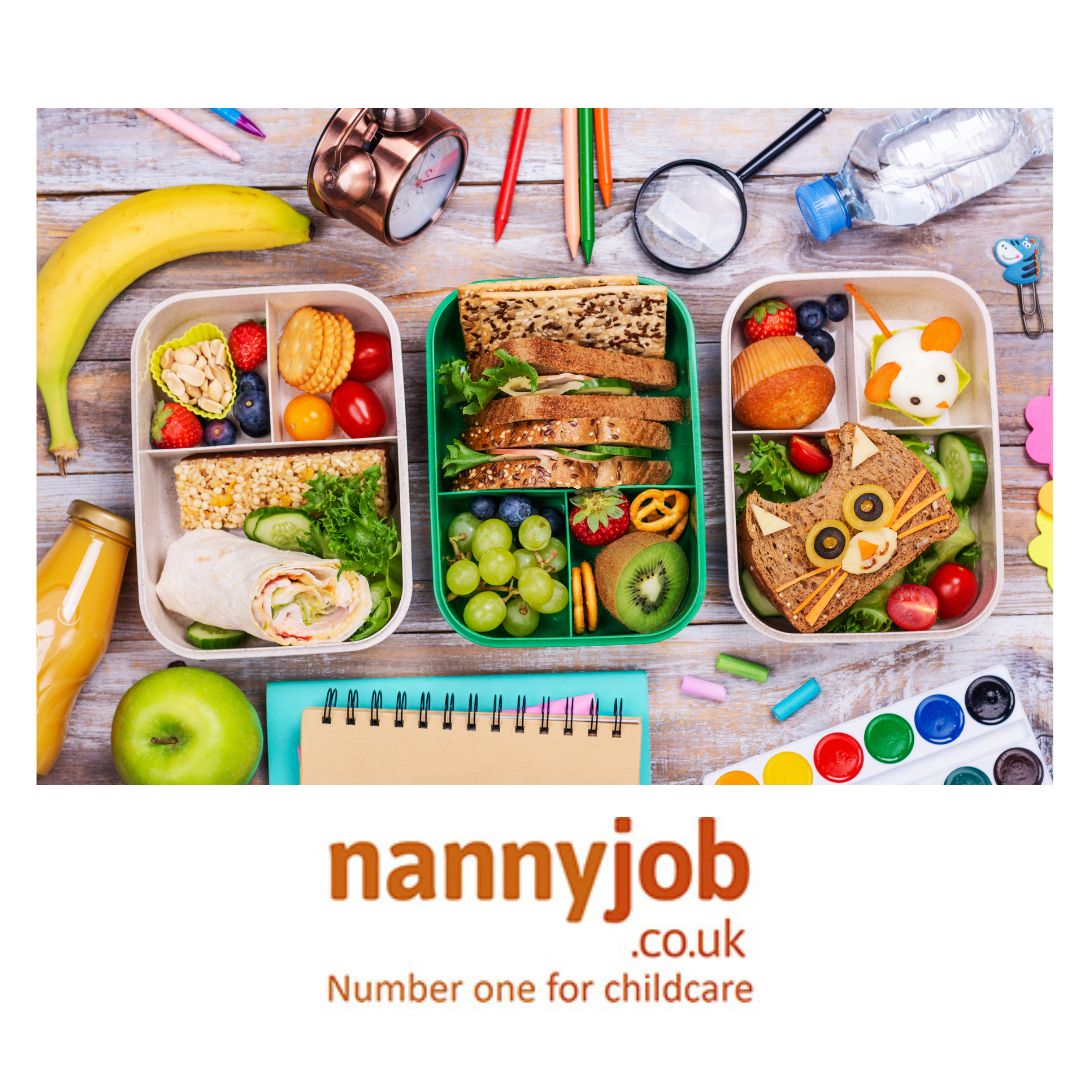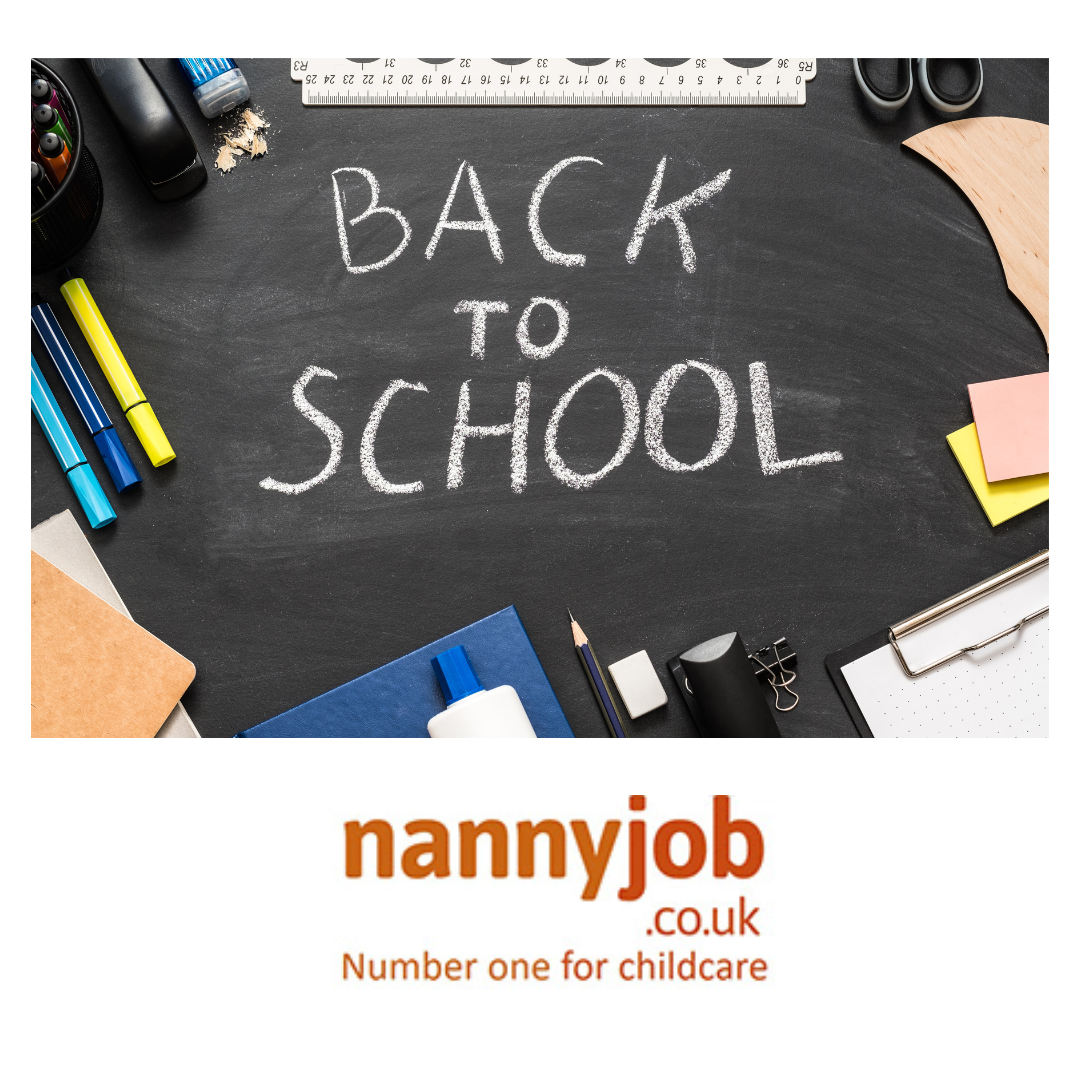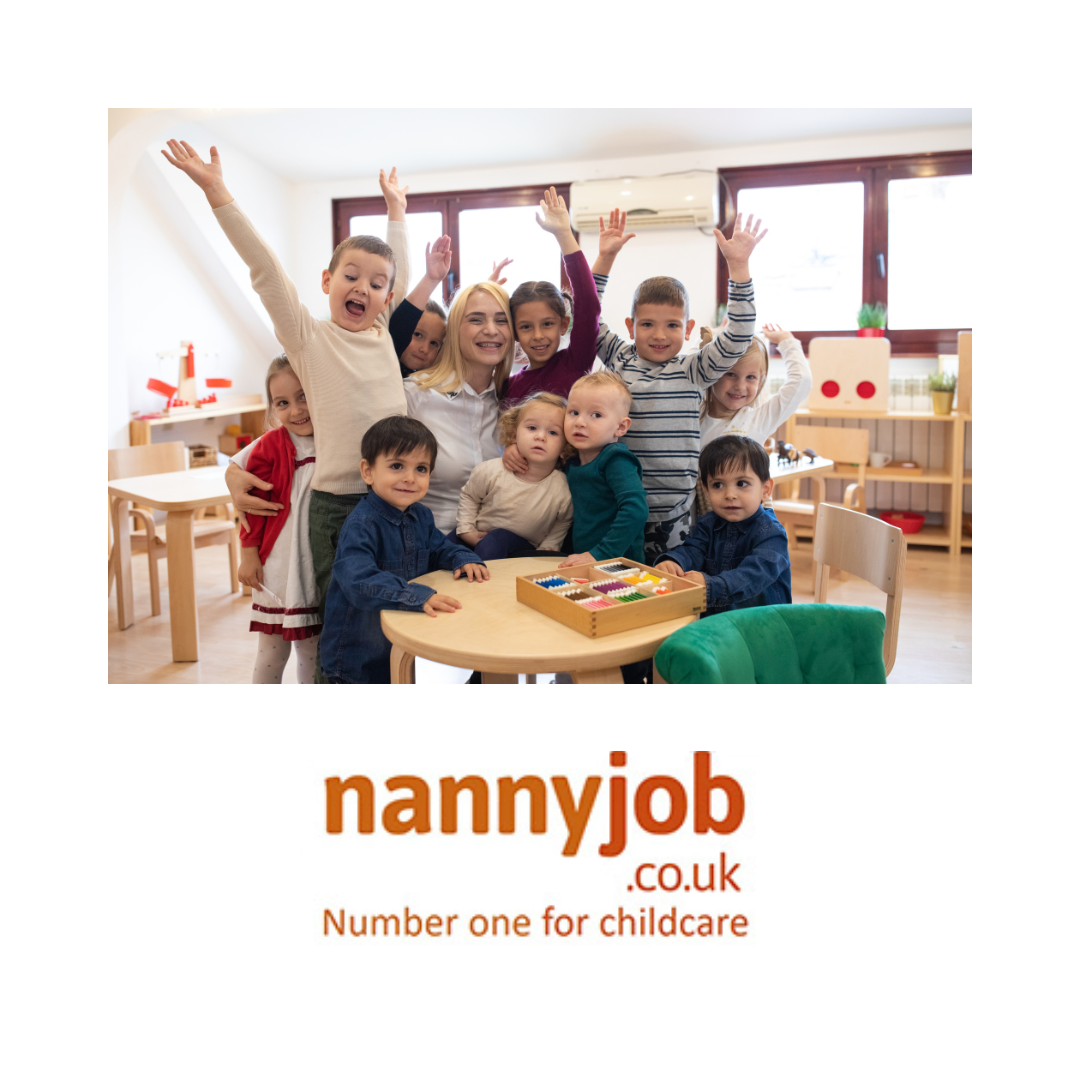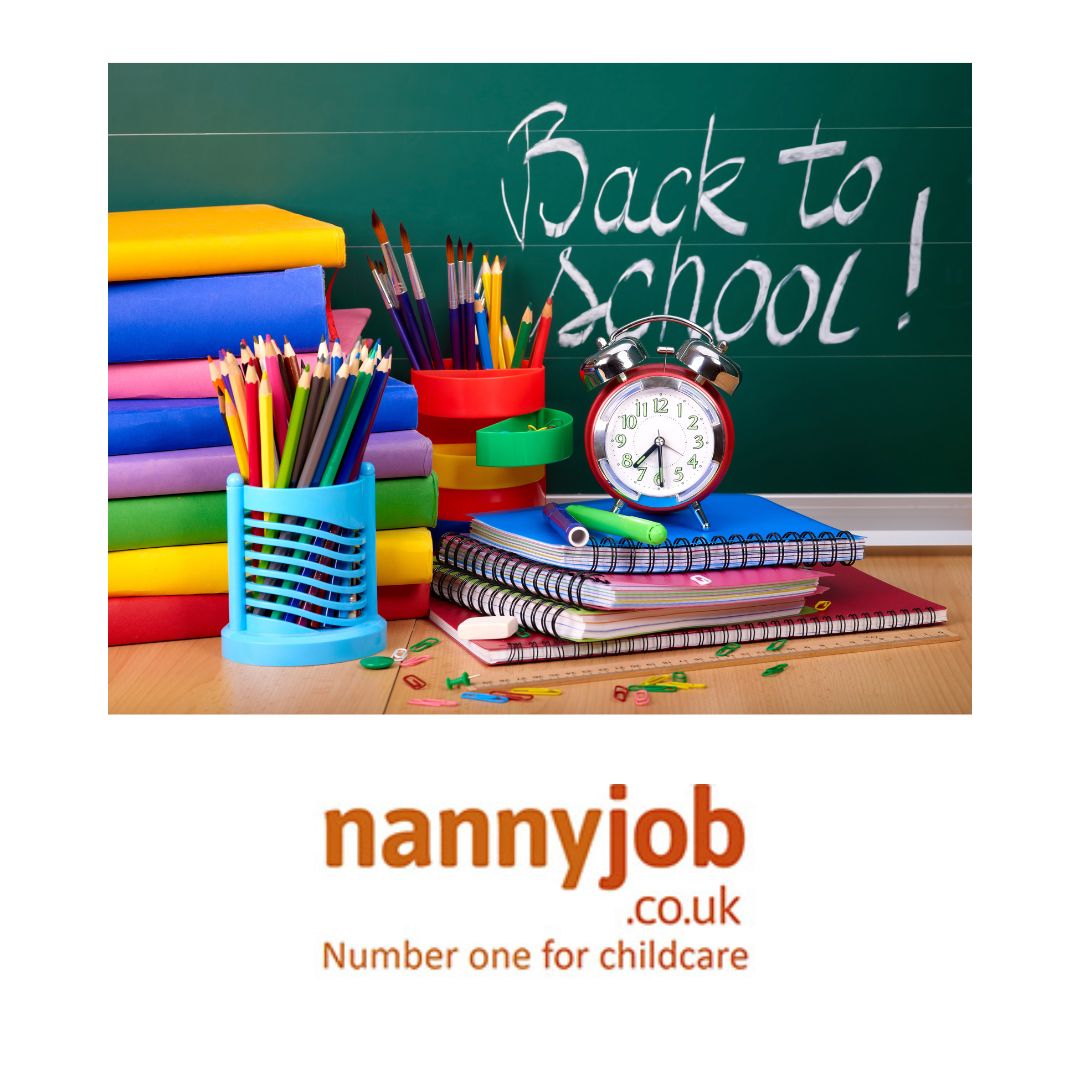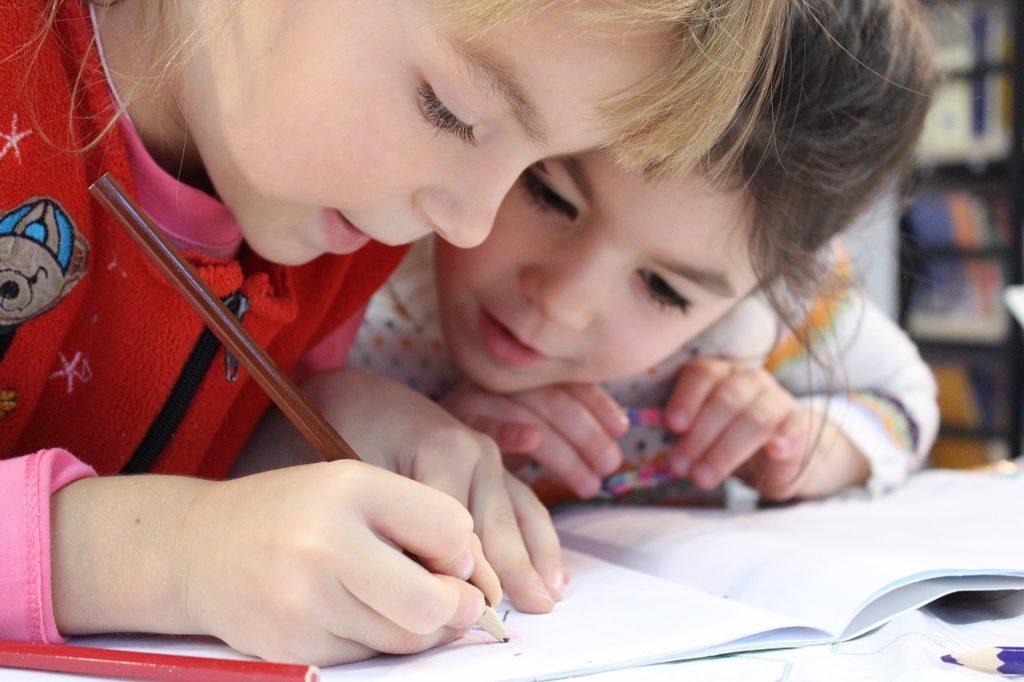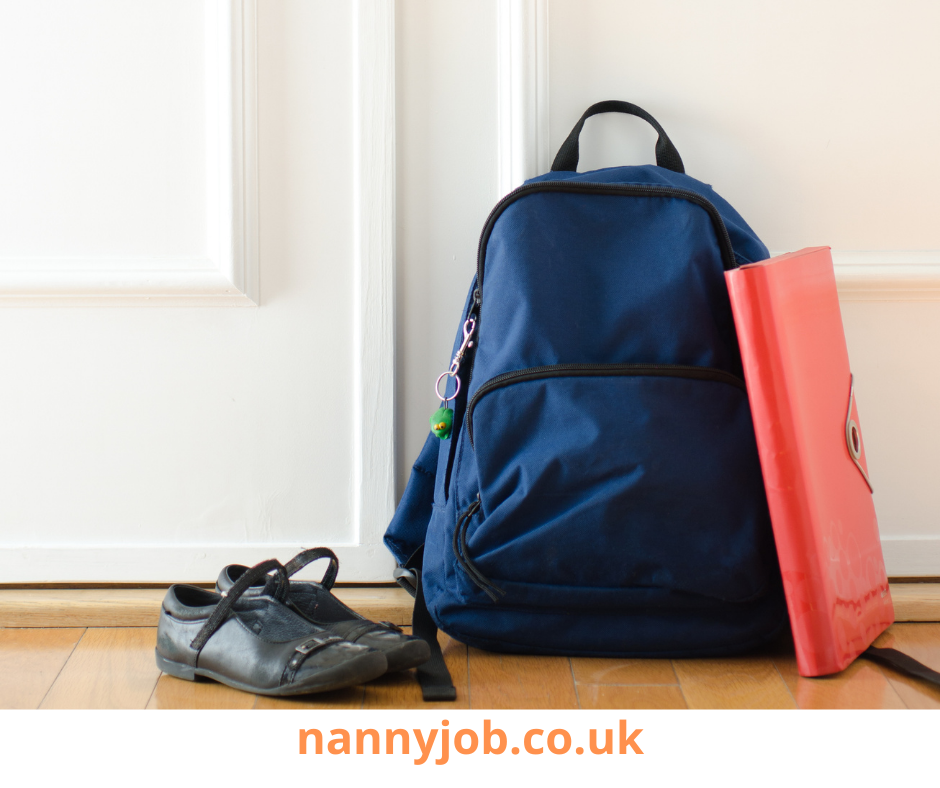Packing a lunchbox can often feel like a daunting chore, especially when you’re aiming to make it both delicious and nutritious. A balanced meal not only fuels your child’s body but also feeds their mind, providing them with the energy and focus they need to excel in school. So, let’s break it down and simplify the art of packing a healthy, appealing lunchbox.
The Importance of Nutrition
Before we dive into the lunchbox ideas, let’s take a moment to understand why good nutrition is crucial for children:
- Energy: Children are active and require lots of energy to sustain them throughout the school day.
- Cognitive Development: Nutrients like Omega-3 fatty acids, found in fish and some nuts, can help improve cognitive function.
- Immunity: Fruits and vegetables packed with vitamins and antioxidants help to boost the immune system.
- Mood Regulation: A well-balanced meal can also regulate mood swings and help your child feel more balanced throughout the day.
The Five Components of a Balanced Lunchbox
- Protein: Essential for growth and energy
- Fruits and Vegetables: For fiber, vitamins, and minerals
- Whole Grains: To provide long-lasting energy
- Healthy Fats: For brain health
- Hydration: Vital for cognitive and physical functions
Protein-Packed Ideas
- Turkey or chicken slices
- Hummus
- Greek yogurt
- Boiled eggs
- Tofu chunks
Fruits and Veggies
- Baby carrots
- Sliced cucumber
- Mini bell peppers
- Apple slices
- Grapes or raisins
Whole Grains
- Whole-grain bread for sandwiches
- Quinoa salad
- Brown rice
- Whole-grain pasta
- Granola
Healthy Fats
- Avocado slices
- Nuts (if the school allows)
- Flaxseeds or chia seeds (great in yogurt)
- Olive oil dressing
Hydration
- Filtered water
- Herbal teas
- Coconut water
Sample Lunchbox Ideas
- Classic Twist: Turkey sandwich on whole-grain bread, apple slices, and baby carrots.
- Mediterranean Flare: Hummus, pita, olive tapenade, and a small Greek salad.
- Asian Influence: Brown rice sushi rolls, edamame, and mandarin orange slices.
- Tex-Mex: Whole-grain tortilla chips, guacamole, and a bean and corn salad.
Final Tips
- Use silicone cupcake liners to separate foods.
- Always include a small treat, like a piece of dark chocolate or a few berries, to add a little fun.
- Involve your children in the packing process. They’re more likely to eat it if they help make it!
Remember, the key to a successful lunchbox is balance and variety. Happy lunch-packing! 🍎🥪🥕

